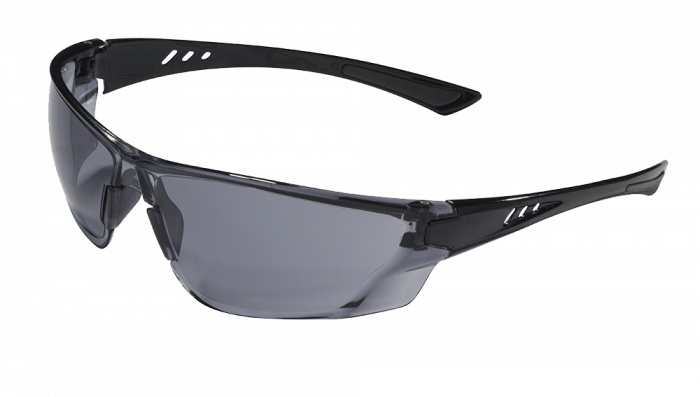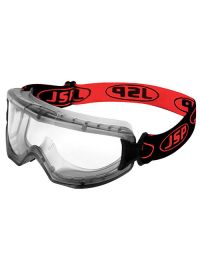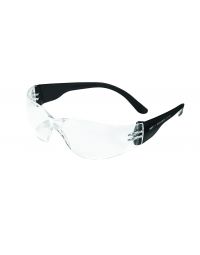The Importance of Safety Goggles
Lack of eye protection can pose several potential health and safety risks for your eye health and vision. Hazards such as machinery, sparks and fragments of debris can cause irreversible damage, resulting in long-term consequences that are difficult to remedy, including permanent vision loss or impairment. These types of injuries can affect both personal well-being and quality of life, which is why preventing these accidents is crucial.
Employees have a legal and ethical duty to ensure the safety and well-being of their employees while at work. This responsibility includes abiding by established health and safety regulations to minimise risks and provide a safe working environment.
By equipping emplouees with proper training, eye protection and safety equipment, employers can significantly reduce the likelihood of injuries. Doing so not only helps protect the worksers but also contributes to the overall safety and productivity of the business. Ensuring a safer, more efficient workplace.
The History and Impact of Goggles
Taking you all the way back to 1880, Powell Johnson created the first ever 'eye-protectors' in 1880, designed for iron workers, firemen and furnace men. While his work reduced the intensity of bright lights, the configuration failed to protect from impact. His work helped pave the way for modern safety glasses and goggles used in workplaces and labratories.
P. Johnson's design is displayed, offering us a clear insight into his thought process and innovative approach.
It took significant time and research to reach the current advancements we see today. Just over 20 years later in 1903, the invention of safety glass was discovered by French scientist, Edouard Benedictus. The innocent accident of knocking over a flask of cellulose nitrate in his laboratory, led to the realisation that it leaves a thin plastic coating behind, keeping the glass intact. This discovery was then tested in cars, where coating the glass with cellulose nitrate helped reduce accidents by preventing the glass from shattering upon impact.
While safety glass is rarely used in modern day safety goggles, Benedictus' discovery is a crutial part of the shatter and chemical resistant design we have today.
At the same time, America's first optics teacher, Julius King, set up an industrial eye protection department, and in 1909, they developed the first ever safety goggle called SANIGLAS.
This invention caused a domino effect which brings us to the modern equivalent today. Starting from prescription lenses for workers, to furnace goggles and Melter's goggles to the deluxe, anti mist option we have today, the health and safety of the users vision has always been at the core of each development.
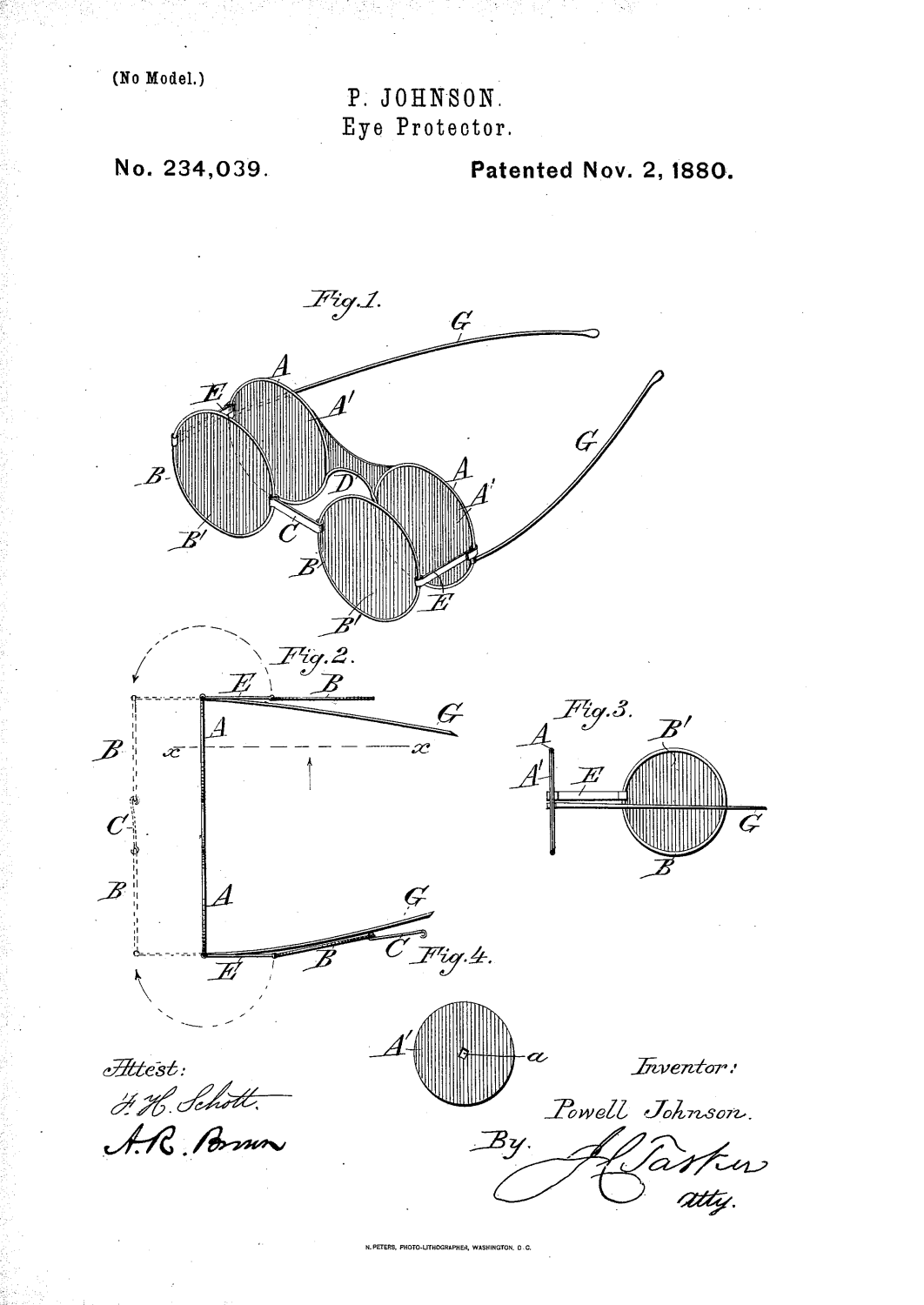

Spectacles vs Goggles
Spectacles and goggles are both examples of eye protection equipment, and serve the crucial purpose of protecting your eyes from splatter, fumes and debris. However they do offer different levels of protection. Choosing the right option can depend on the task at hand.
Safety Goggles
Goggles provide an all round-seal, and are superior protection in various environments - especially when liquids and dusts are a concern. Goggles offer protection from chemicals and acid, dust and silica, hazardous electricals and jobs such as welding and grinding.
Safety goggles are renouned for their durability for high levels of protection. The all-round seal prevents any gaps allowing unwanted toxins entering the goggles and causing any potential damage. Many safety goggles come with built-in UV protection, such as JSP Thermex Single Lens Safety Goggles, which offer 99.9% protection against UV radiation.
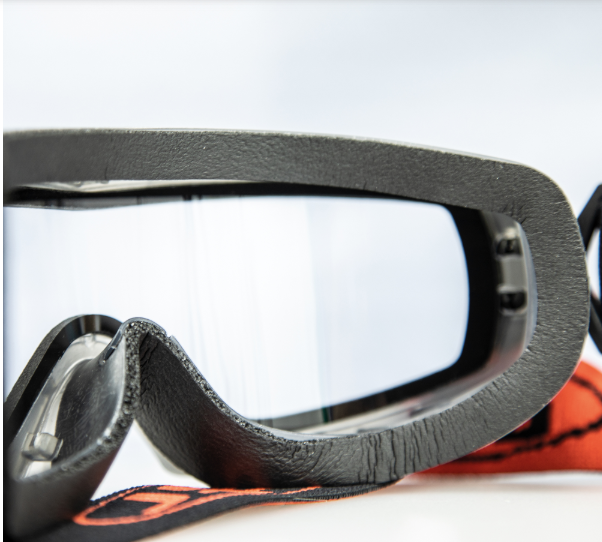

Safety Spectacles
There are some discomforts associated with goggles which, if safety permits, may make safety spectacles a better choice. In situations where the risk of flying debris or chemical exposure is lower, safety spectacles can offer a more comfortable alternative.
Spectacles provide protection while being lightweight, breathable, and are less likely to cause discomfort during extended use. They are also idea for tasks that don't require full coverage or impact resistance, for example, non chemical laboratory work, light maintence, painting or repair work.
